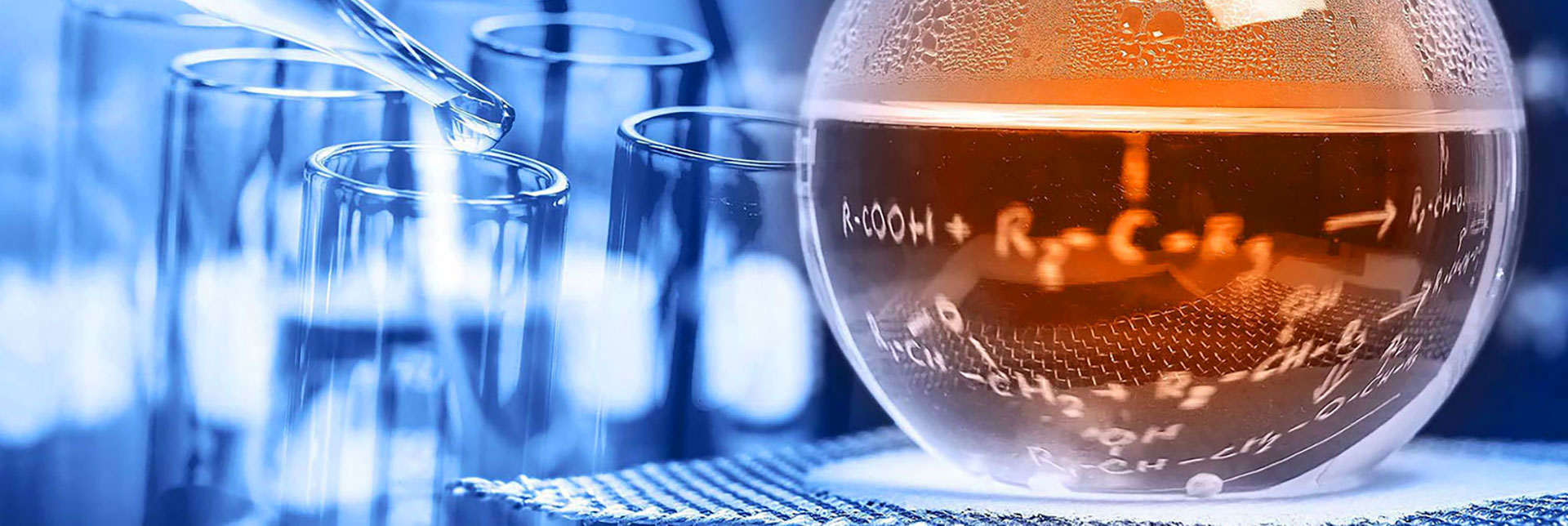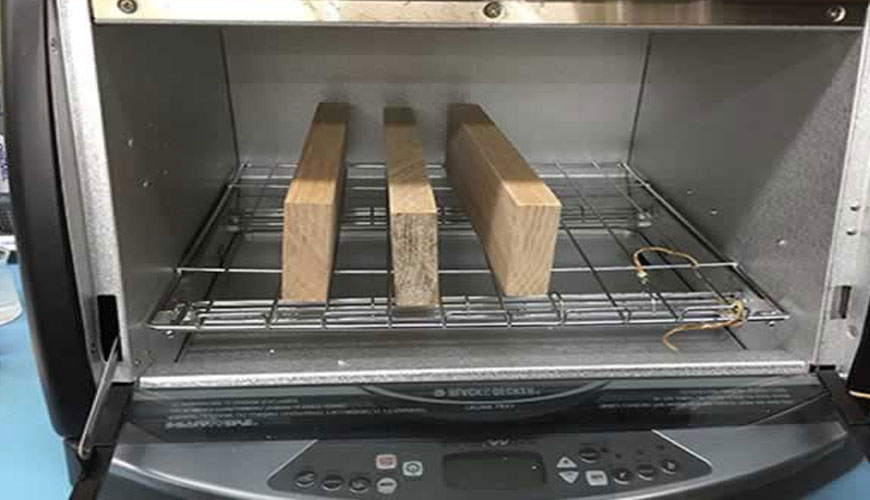

EUROLAB, with its state-of-the-art accredited laboratories and expert team, provides precise and fast testing services within the scope of ISO 18134-2 testing. ISO 18134-2 describes a method for determining the total moisture content of a test sample of solid biofuels by drying in an oven and is used where the highest precision is not required, for example for routine on-site production control.

The method described in ISO 18134 (all parts) is applicable to all solid biofuels. The moisture content (as received) of solid biofuels is always reported against the total mass (wet base) of the test sample.
The term moisture content can be misleading when used with biomass materials because untreated biomass often contains varying amounts of volatile compounds that can evaporate when determining moisture content by oven drying.
The test portion of the solid biofuel should be dried in an air atmosphere at 105°C until constant mass is achieved and the percent moisture calculated from the mass loss of the test portion. The difference of this procedure compared to the ISO 18134-1 reference method is that the effect due to buoyancy is neglected and only one determination is required. A tray while still hot weighs less than a cold tray due to buoyancy. The magnitude of the buoyancy effect depends on the size and weight of the tray.
The required drying time of the test piece depends, among other things, on the particle size of the test sample material. To reduce the required drying time, the material can be cut to reduce the grain size of the material to less than 31,5 mm, provided that the cutting does not alter the moisture content of the material. Cutting should be done as quickly as possible, avoiding ventilation as much as possible to minimize moisture loss. Visibly wet specimens cannot be cut without loss of moisture and must therefore be dried beforehand.
EUROLAB assists manufacturers with ISO 18134-2 test compliance. Our test experts, with their professional working mission and principles, provide you, our manufacturers and suppliers, the best service and controlled testing process in our laboratories. Thanks to these services, businesses receive more effective, high-performance and quality testing services and provide safe, fast and uninterrupted service to their customers.
To get an appointment, to get more detailed information or to request an evaluation, you can ask us to fill in our form and reach you.